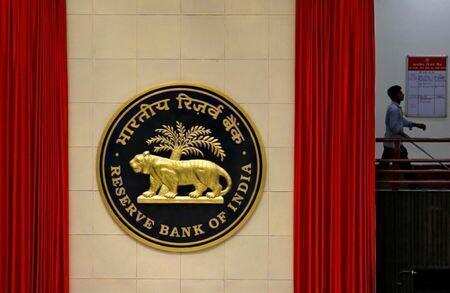Depositors of the scam-tainted Punjab and Maharashtra Co-operative (PMC) Bank will weigh legal options if the scheme of amalgamation of their bank with Unity Small Finance Bank (Unity SFB) does not incorporate a favourable deposit withdrawal schedule and interest payment on their deposits.
The ‘draft scheme of amalgamation’, prepared by the Reserve Bank of India (RBI), has proposed a long-drawn out deposit withdrawal schedule extending over a 10-year period for PMC Bank depositors (with over ₹5 lakh balance).
No further interest will be payable on the interest-bearing deposits of transferor (PMC) bank for a period of five years from the appointed date (the date when PMC Bank will stand transferred to, and vest in Unity SFB/ transferee bank).
Interest at the rate of 2.75 per cent per annum will be paid on the retail deposits of PMC Bank which remain outstanding after the aforementioned five year period.
Depositors with balances up to ₹5 lakh will be paid by Unity SFB from the support it will receive from the Deposit Insurance and Credit Guarantee Corporation (DICGC) as part of the amalgamation process.
Chander Purswani, President, PMC Depositors Forum, observed that depositors may be left with no option but to move the Court if the final scheme of amalgamation does not incorporate clauses relating to reduction in time period (to, say, five years) for withdrawal of money and payment of interest (at least savings bank deposit rate) on their deposits with Unity SFB.
Highlighting the plight of some of the senior citizens among PMC Bank depositors, he said they have been reduced to hand-to-mouth existence during the last two years or so despite having money in the bank to lead a comfortable life.
RBI capped deposit-withdrawal from PMC Bank to ₹1 lakh per depositor for the entire period that it is under Directions. What this means is that depositors had to make do with just about ₹3,846 a month for the last 26 months. The bank was placed under Directions in September 2019.
Purswani opined that RBI should allow individual depositors to withdraw 20-25 per cent of the balance in their deposits each year.
Scheme not in depositors interest: Association
Meanwhile, the PMC Bank Depositors Association, in a letter to the RBI, said the scheme of amalgamation, in the current form, is not in the interest of the depositors and is akin to shooting them not in the foot but point blank through the head.
The Association emphasised that depositors should get immediate access to their money at least to the extent of liquid assets with PMC Bank.
The balance money could be released within a reasonable period of 6 to 9 months extending to a maximum of 24 months in a regular phase-wise payout as all the money is currently available with PMC Bank.
Referring to PMC Bank’s current balance sheet, the assets available and the support from DICGC for the amalgamation process, the Association underscored that this makes it possible to pay all the retail depositors in full without even touching a rupee brought in by the new Unity SFB dispensation.
PMC Bank depositors insist they be treated on par with the new depositors of Unity SFB – receive prevailing rate of interest from day 1 – and get access to all their money immediately.
If the aforementioned conditions are satisfied, the Association said PMC depositors will ensure that Unity SFB flourishes.
As at March-end 2021, PMC Bank had deposits aggregating ₹10,535 crore. Of this, about 70 per cent are retail deposits and the rest are institutional deposits, including other urban co-operative banks (216) and co-operative societies (1,750). Reserves and surplus position was negative at ₹3,542 crore.
The bank had investments and advances aggregating ₹2,350 crore and ₹4,123 crore, respectively. The overdue interest recoverable (non-performing assets) stood at ₹5,502 crore.
PMC Bank got into trouble in 2019 as its high exposure to real estate company HDIL turned non-performing. The central bank has red-flagged the fraud/ financial irregularities in the bank and manipulation of its books of accounts.
